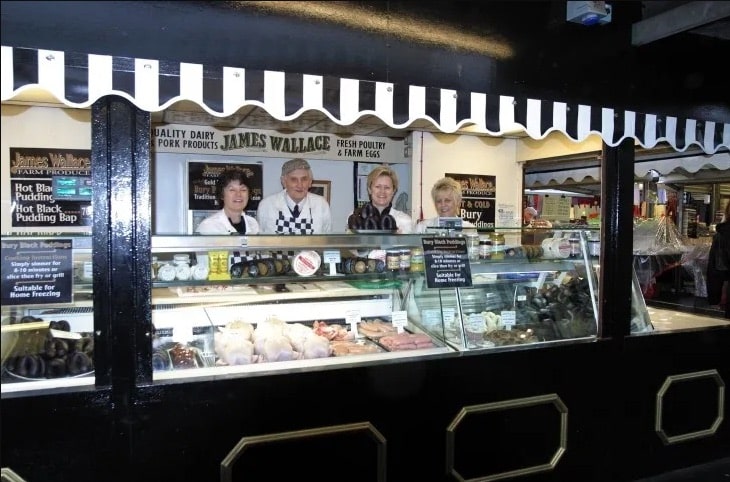Trees planted in Manchester cemeteries to remember those who died in pandemic
- Written by I Love MCR
- Last updated 4 years ago
- Community, People

Oak trees have been planted in Manchester’s cemeteries to remember people who have died in the COVID-19 pandemic and those who have helped protect the city.
The ‘beacon’ trees are intended as a lasting legacy of an extraordinary period and they will live for generations as a tribute both to those coronavirus took too soon and the many Mancunians who selflessly did their bit to treat patients, support those in need and limit the virus’ spread.
While small in stature now, the oaks should live for hundred of years and are located in prominent positions in the city’s five cemeteries: Southern Cemetery, Philips Park Cemetery, Blackley Cemetery, Gorton Cemetery and Manchester General (Harpurhey) Cemetery.
A dedication stone at the foot of each tree reads:
“This oak tree, chosen for its beauty and strength, is dedicated on behalf of bereavement services to the people of Manchester.
“We remember those who lost their lives in the COVID-19 Pandemic.
“We honour the residents, workers and volunteers who protected our great city.”

The trees are part of the Council’s £1m citywide Tree Action MCR programme, which will see hundreds of new trees planted around Manchester as part of its response to combatting climate change.
More COVID beacon trees, including other species such as ginkgos, will also be planted elsewhere in the city through the scheme as well as street trees and community orchards.
“Cemeteries are already a place of remembrance and contemplation,” said Councillor Luthfur Rahman.
“On this national day of reflection it is right that we mark the pandemic period, honouring those we have lost but also some of the remarkable efforts people have made to protect their city and their communities.”
Oak trees are recognised as “a symbol of strength and endurance,” said Councillor Angeliki Stogia.
“These trees will be a poignant reminder of the challenging times we have been through together, the losses but also some of the inspirational tales, for very many years to come.
“Trees are remarkable and that is why we are determined to further add to the city’s tree cover.”
- This article was last updated 4 years ago.
- It was first published on 23 March 2021 and is subject to be updated from time to time. Please refresh or return to see the latest version.
Did we miss something? Let us know: [email protected]
Want to be the first to receive all the latest news stories, what’s on and events from the heart of Manchester? Sign up here.
Manchester is a successful city, but many people suffer. I Love Manchester helps raise awareness and funds to help improve the lives and prospects of people across Greater Manchester – and we can’t do it without your help. So please support us with what you can so we can continue to spread the love. Thank you in advance!
An email you’ll love. Subscribe to our newsletter to get the latest news stories delivered direct to your inbox.
Got a story worth sharing?
What’s the story? We are all ears when it comes to positive news and inspiring stories. You can send story ideas to [email protected]
While we can’t guarantee to publish everything, we will always consider any enquiry or idea that promotes:
- Independent new openings
- Human interest
- Not-for-profit organisations
- Community Interest Companies (CiCs) and projects
- Charities and charitable initiatives
- Affordability and offers saving people over 20%
For anything else, don’t hesitate to get in touch with us about advertorials (from £350+VAT) and advertising opportunities: [email protected]

Review: Here You Come Again at Palace Theatre ‘is a rhinestone-studded Dolly delight’

Chapel Street improvement plan to ‘rebalance the space in favour of pedestrians and cyclists’’

Skip the soppy stuff! The ultimate guide to celebrating friendship this Galentines Day

This is the place: Bury has the best market in Britain but what else has it got going for it?













